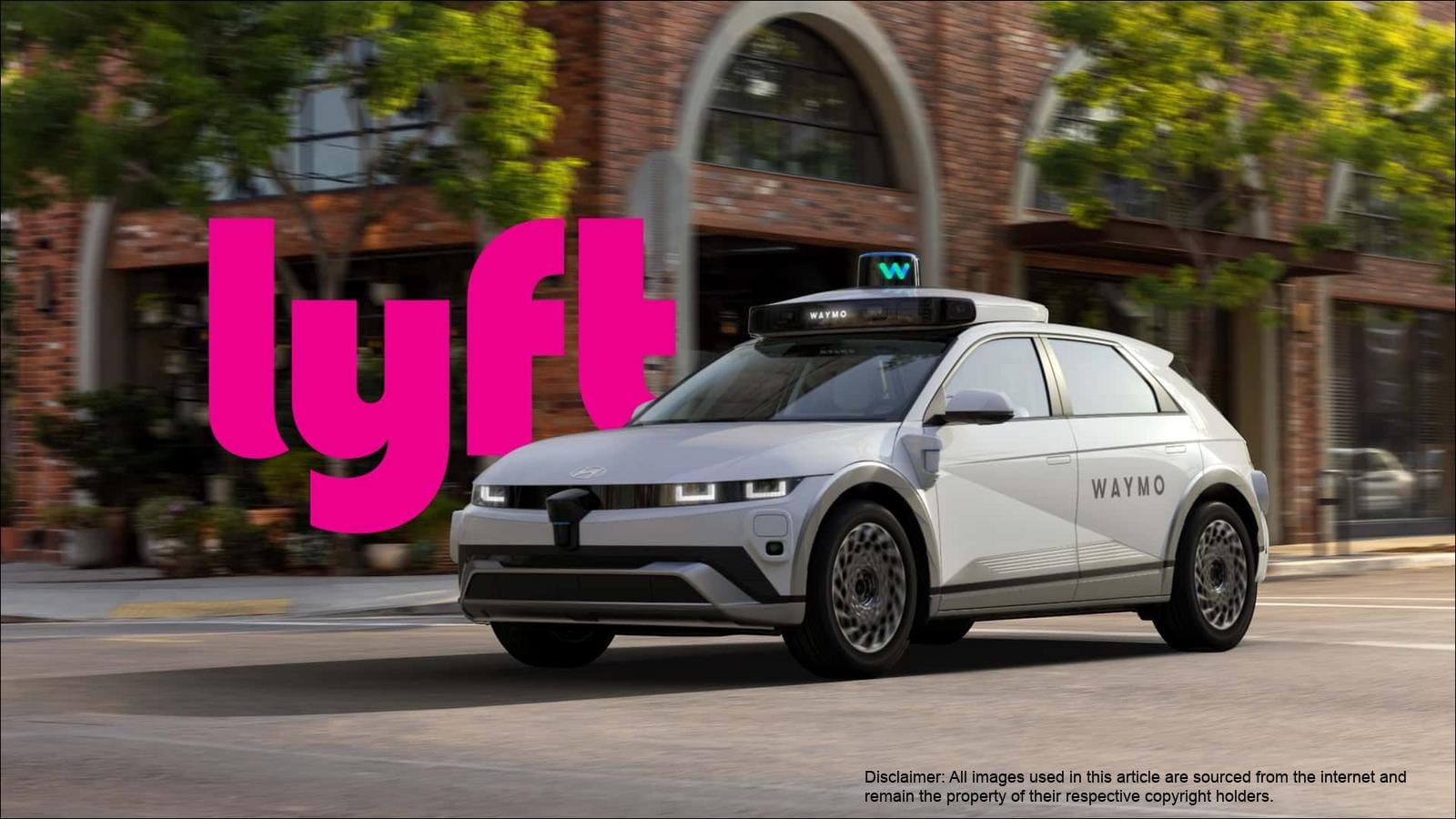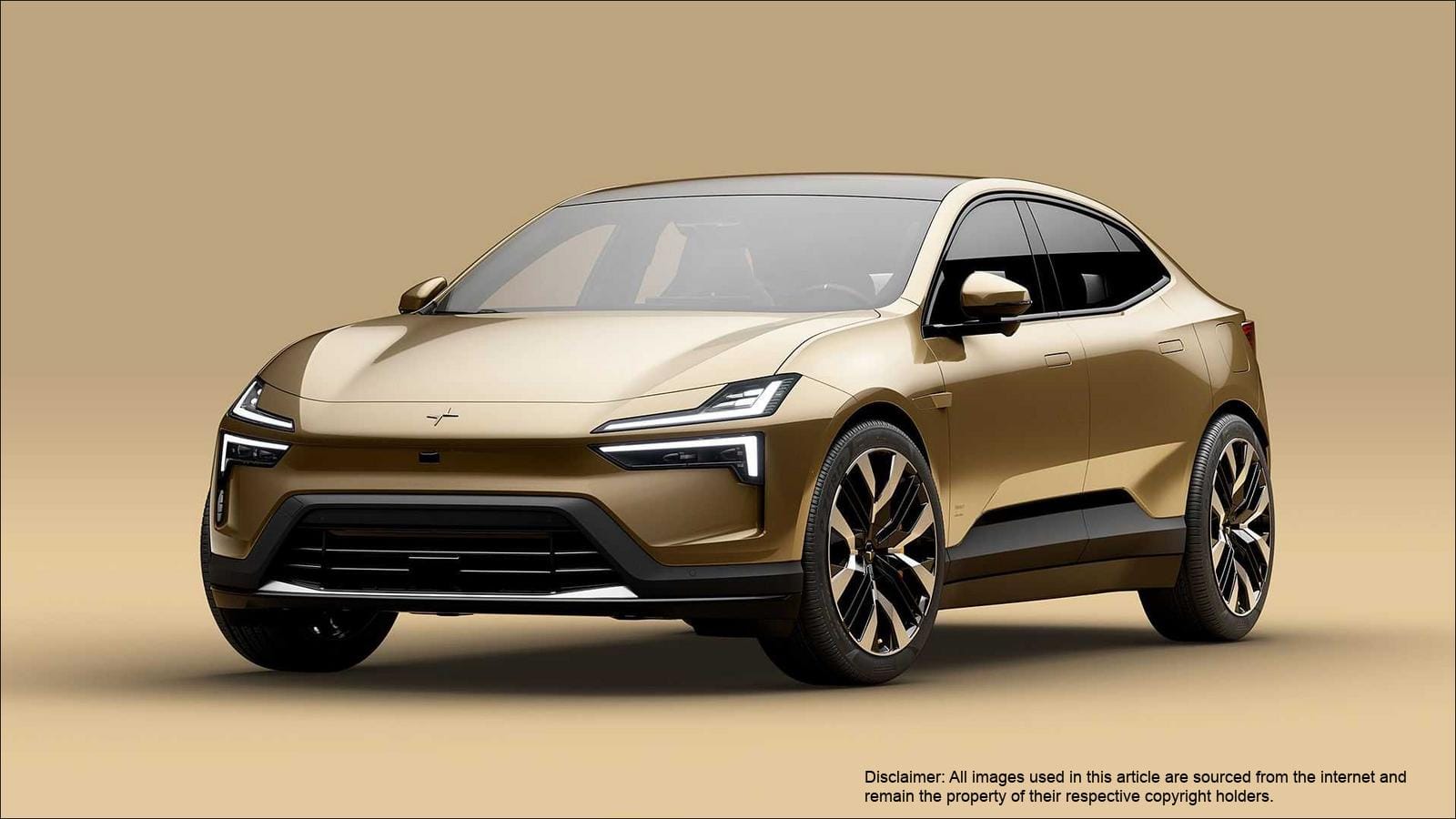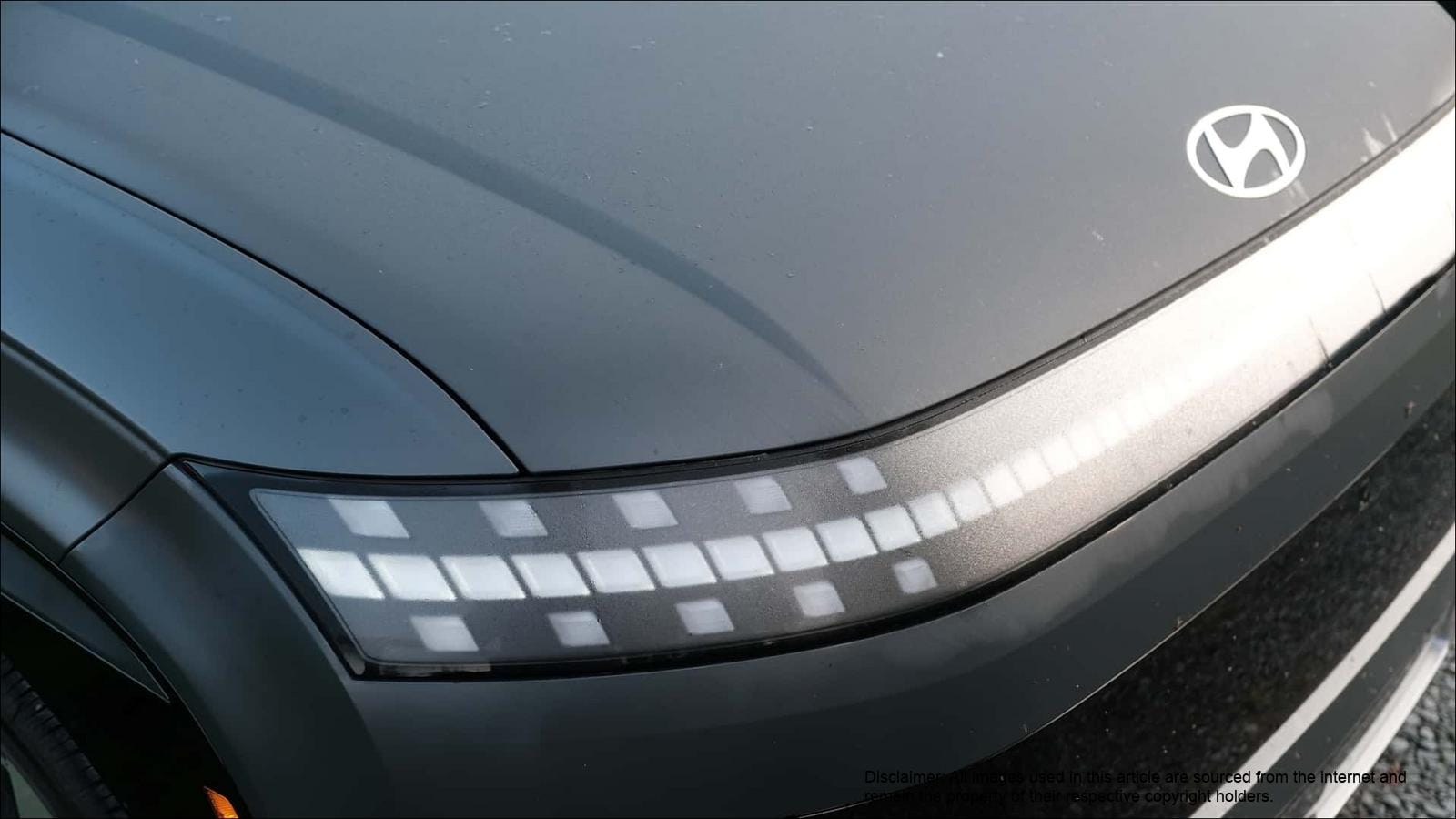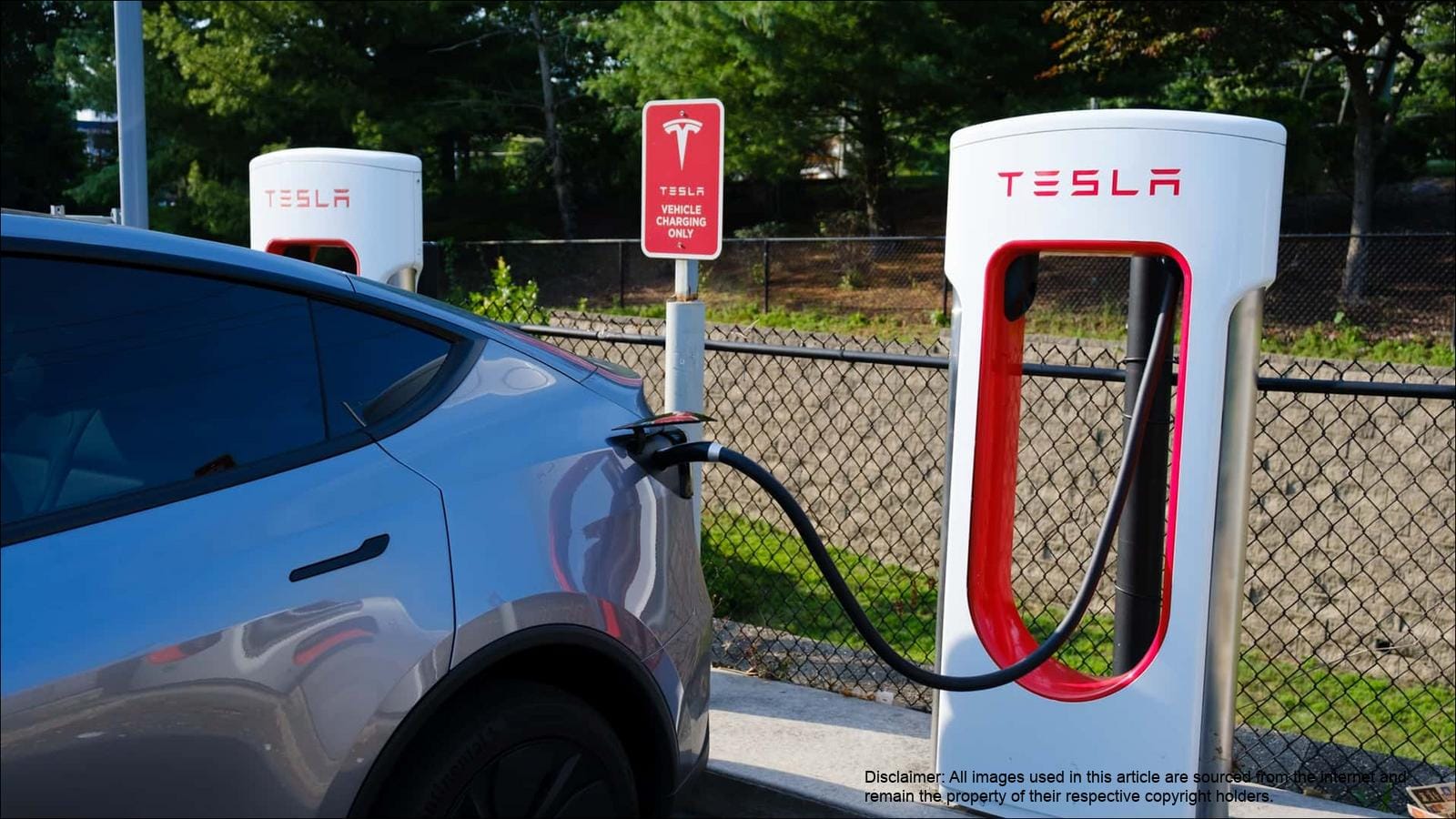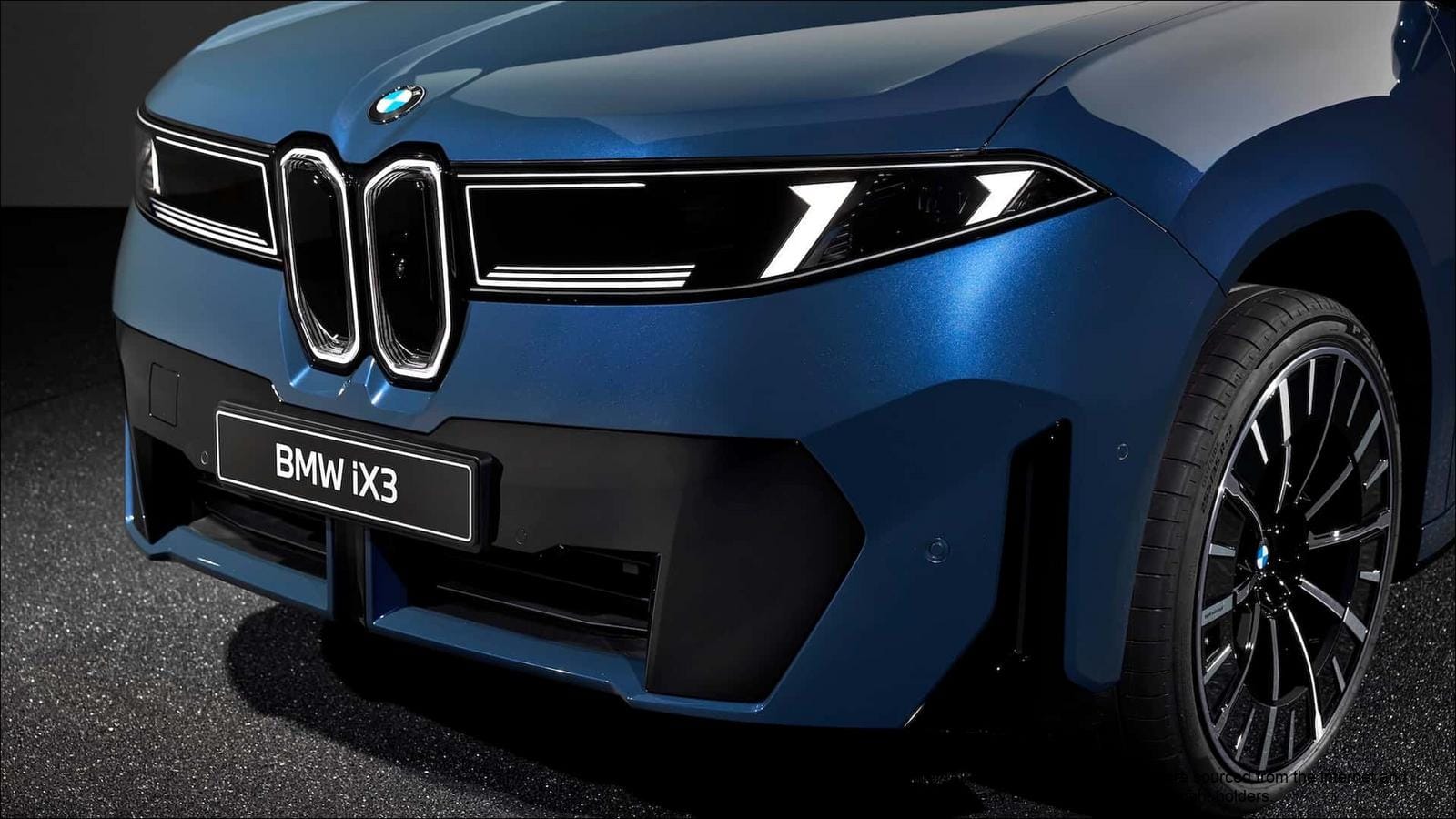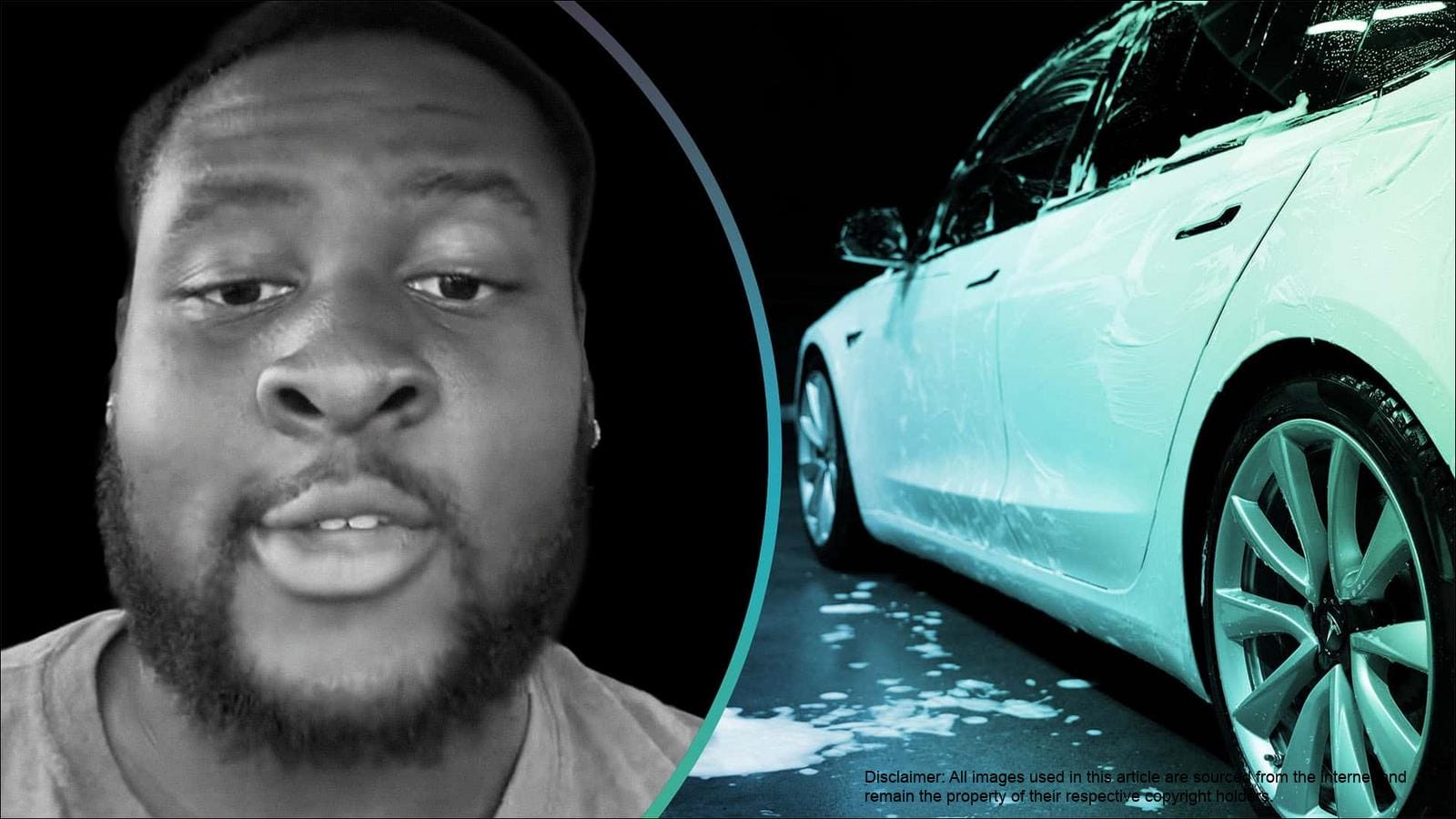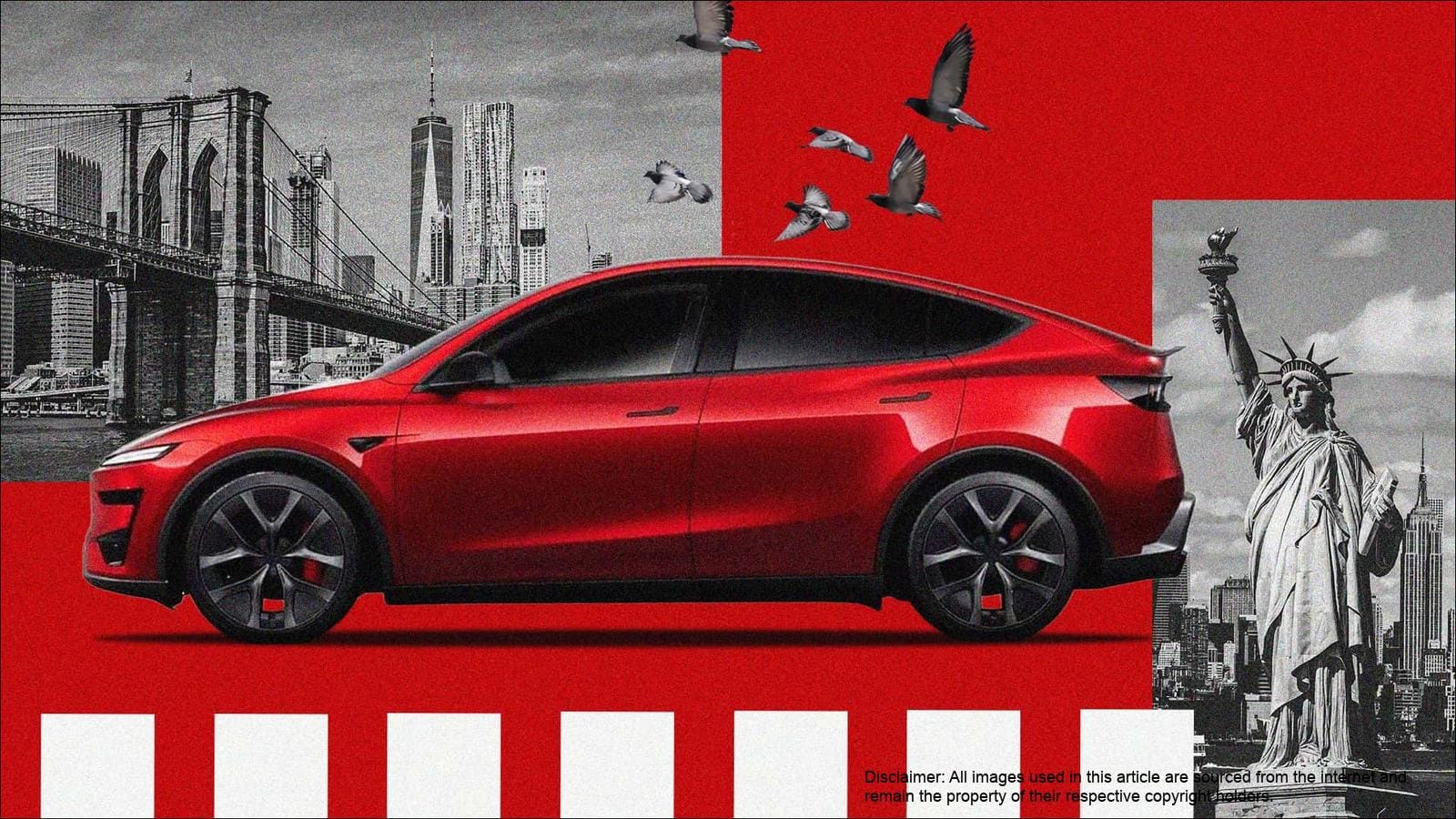Lyft Enters the Robotaxi Arena
Lyft, often seen as playing second fiddle to Uber in the ride-hailing market, is making a bold move to secure its future. The company is launching its own autonomous vehicle (AV) service, joining the increasingly competitive robotaxi landscape. This initiative begins with autonomous test rides in Atlanta, marking a significant step for Lyft in the autonomous vehicle sector.
Lyft’s journey into autonomous vehicles has seen its share of challenges. Previous partnerships with Hyundai’s Motional and Ford-backed Argo AI didn’t yield the desired results. However, this time, Lyft is collaborating with May Mobility, a company offering an “Autonomy-as-a-Service” (AaaS) platform. May Mobility’s unique approach focuses on safety through its “Multi-Policy Decision Making” process, which simulates various scenarios to ensure the safest course of action.
The partnership will deploy Lyft-branded Toyota Sienna hybrids equipped with May Mobility’s autonomous technology. This move positions Lyft alongside other major players in the autonomous ride-hailing space, such as Waymo, Tesla, and Amazon’s Zoox. The success of this venture remains to be seen, especially given Lyft’s past struggles with profitability and operational challenges. However, entering the robotaxi market is a crucial step for Lyft to remain competitive in the long run.
| Company | Autonomous Technology Provider | Deployment Location |
|---|
| Lyft | May Mobility | Atlanta, GA |
| Uber | Waymo, May Mobility | Austin, TX; Arlington, TX |
| Tesla | In-house FSD | Various locations |










